The human body itself is a complex machine, so it too will have a life span. The life span of the knee joint is about 70 years, but we will find many people in their 30s and 40s who have regular knee pain at a young age?
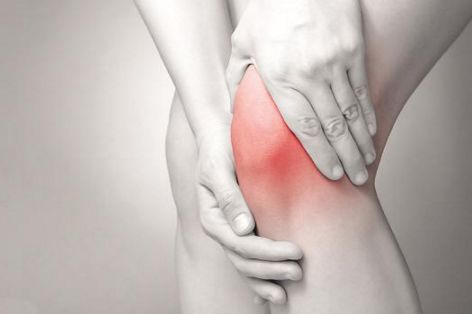
Knees are the largest, most frequently used, the largest weight-bearing joints, walking, jumping, running, sitting, lying, etc. are inseparable from the knee, so the chances of injury to the knee is also very large.
Studies have shown that the weight of the knee is almost zero when a person is lying down; 1-2 times the weight when standing up and walking on the ground; 3-4 times the weight when walking up and down hills or stairs, 4 times the weight when running; 8 times the weight when squatting and kneeling.
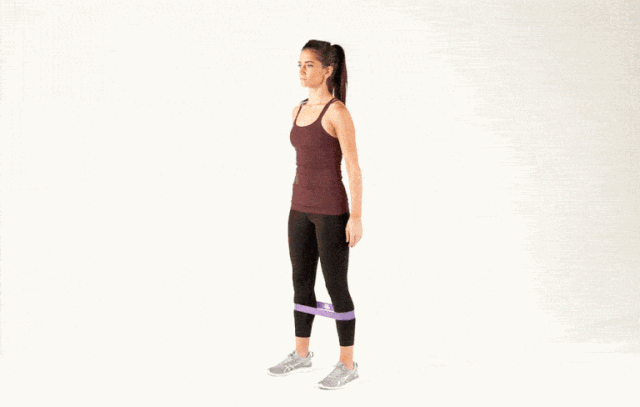
(Do the flexion and extension exercise as shown in the picture)
Now let's discuss a question: Can the knees go over the toes during a deep squat?
The answer is: the knees can go over the toes.
But those who say you can't go over the toes are not necessarily wrong, (right or wrong depends on his movement at the time)
In our daily activities, we often go over our toes. For example: going up and down stairs, squatting, running, sitting, getting up, etc.
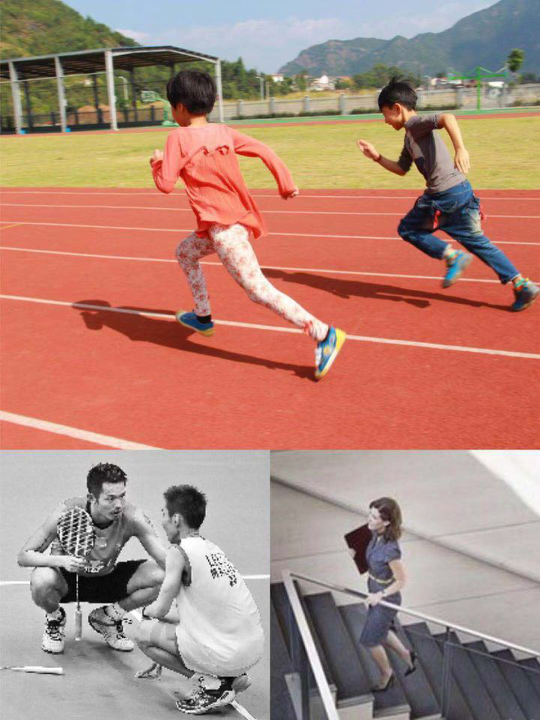
(No matter which squat, toes and knees should point in the same direction)
The maximum load-bearing capacity of the knee is formed around the age of 20-25. If the weight at the age of about 20 can be maintained for a lifetime, the aging rate of the knee joint will be greatly slowed down.
If your weight is 100 pounds at age 20 and becomes 200 pounds after a few years, the knee aging is greatly accelerated because of the increased weight, which in reality means that your knee joint is also overused.
If we are able to exercise our knees strong between the ages of 20-25, between the ages of 20-50, increased exercise or overuse will not have a very big impact on the knee.
So, the kind of exercise you keep between the ages of 20-25 and then exceed that exercise too much after that is a wear and tear that tends to cause overuse of the knee joint.
What if you don't exercise much at 20-25 years old and want to lose weight and stay in shape after 30 years old? A: Before very little exercise, want to resume exercise, you can choose some of the knee injury wear less exercise, such as: swimming, abdominal training, hula hoop, and some other non-weight-bearing exercise to start, slowly in the transition to weight training, so that the body has a gradual process, the knee joint will be able to slowly to accept.
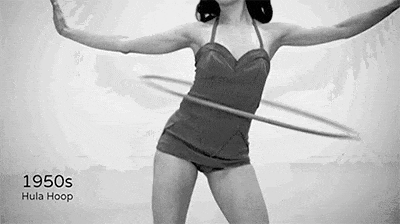
A few knee destroying behaviors
Bouncing stairs: especially for people who are overweight and suffer from arthritis, avoid doing this kind of exercise, when strenuous exercise, the knee load greatly increased, will increase the wear and tear on the knee joint, will increase the chances of doing knee arthritis.
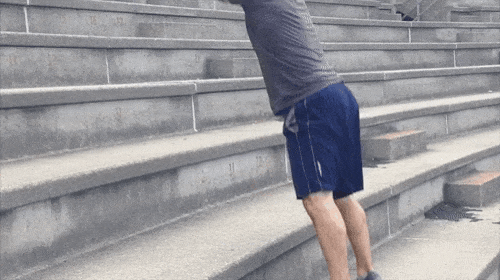
Do not eat vegetables and fruits: Eat more vegetables and fruits in life, such as: beans, broccoli, guava, etc., have a better preventive effect on degeneration of the knee joint, osteoporosis and other diseases, and more consumption can reduce the pain level of patients who have arthritis.
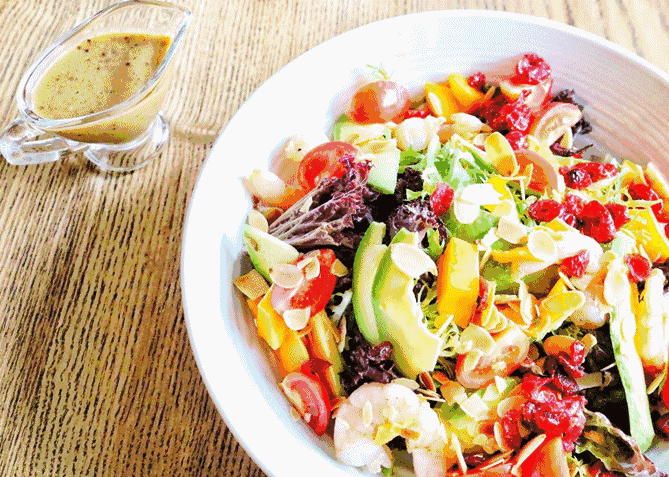
Wearing shoes that do not fit: Some girls will be because they like the shoes in the mall, do not fit the foot also to buy back to wear, but do not know that shoes that do not fit the foot will lead to uneven force on the feet, will bring a lot of pressure on the knees.
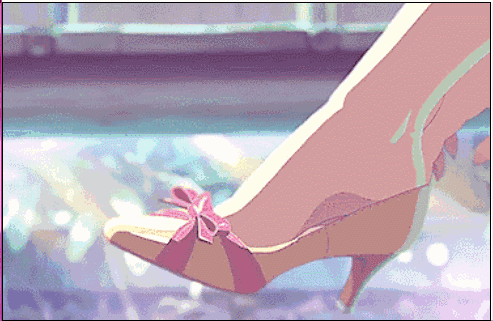
Therefore, when a significant injury pain is found in the knee, appropriate exercise should still be continued, but remember to avoid long-term strenuous exercise, because long-term strenuous exercise will overload the knee joint, uneven force on the soft tissues around the bones and aggravate the joint pain.
Popular Articles
-
Why fitness to include strength training?6 benefits to tell you why

-
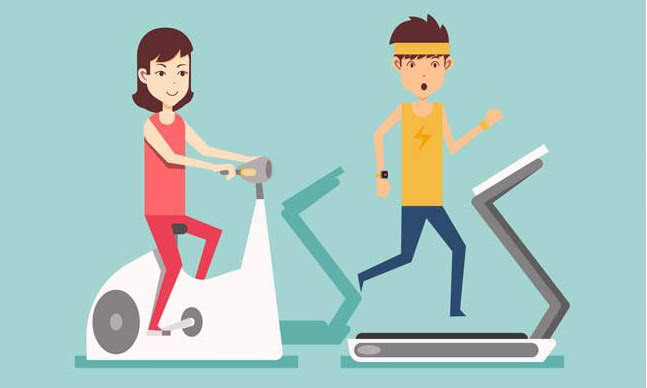 Treadmill PK elliptical machine, which is more fat burning?
Treadmill PK elliptical machine, which is more fat burning?Jun 06, 2025
-
 Home goodies recommended! Easy to improve the happiness of life without spending a lot of money!
Home goodies recommended! Easy to improve the happiness of life without spending a lot of money!Jun 06, 2025
-
 The world's largest bomber, more than B2 to fly more than 5,000 km, any country would not dare to shoot down
The world's largest bomber, more than B2 to fly more than 5,000 km, any country would not dare to shoot downJun 06, 2025
-
 How to ensure balance when practising yoga
How to ensure balance when practising yogaJun 06, 2025
-
 Is hypertension getting younger? Gotta reflect on these 6 areas!
Is hypertension getting younger? Gotta reflect on these 6 areas!Jun 06, 2025







Comments
0